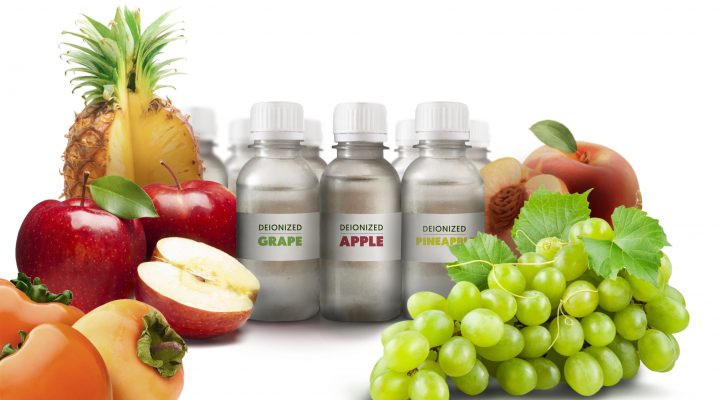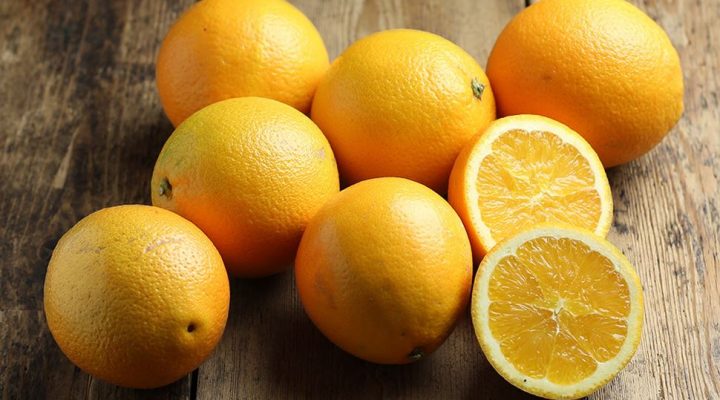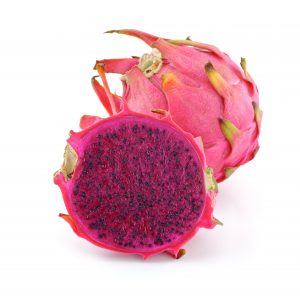By Ruben Verbruggen, Managing Director, Vero-bio b.v., The Netherlands
Most consumers are under the opinion that with a world taking more and more responsibility for sustainability and health, the use of pesticides is changing and is something of the past.
Well, let’s look at that past. While humans originally cultivated their crops organically, the use of chemicals in agriculture actually dates back way further back than most people think, with early records evidencing its use as far back as 2500 BC with the use of sulphur in agriculture to harmonise bacteria’s and fungus, to around 300 BC when arsenic was used to protect citrus trees against caterpillars, beetles and aggressive ants.
The Romans discovered that amurca, a residue from olive oil, was a poisonous ingredient for most ants, moles and weeds as they looked for solutions to the many crops affected by devastating diseases.
The scientific revolution during the Renaissance, led by Mr. Antoni van Leeuwenhoek in 1675, acknowledged the existence of bacteria. It also created awareness about the use of poisonous pesticides, which resulted in the ban of arsenic and the development of seeds by the French government.
By the nineteenth and twentieth century, the development of large scale use of chemicals was being applied to agriculture worldwide. The period after the 1950s was labelled the ‘pesticide era’. Many areas were looking to increase productivity and pesticides sometimes tripled output.
Pesticide definitions
To have a better understanding of the word ‘pesticide’, it is important to differentiate the types of pesticides, which can be classified into five categories:
1) Insecticide (applicable to insects)
2) Nematicides (applicable to soil nematodes)
3) Herbicides (applicable to weed)
4) Rodenticides (applicable to rodents)
5) Fungicides (applicable to bacteria’s, viruses and fungus)
During the ‘pesticide era’, the industry and farmers discovered the advantages for higher and specific use of pesticides. Farmers were producing more per acre and pesticides improved efficiency and effectiveness. The plants were less affected by damage and disease and the produce was more appealing. More appealing fruits gained a higher price on the market, driving more farmers to use pesticides. While the industry was eager to gain more produce and higher profits, it ignored and denied the negative consequences for using pesticides.
Selective use
If farmers are not selective in their use of pesticides, it causes the destruction of other beneficial organisms. Growers that continue to use pesticides on a large scale experience that certain unwanted organisms become resistant to certain pesticides, which leads to overdosing of pesticides – and this causes damage.
But a much bigger concern is the accumulation in the food supply chain. When organisms eat each other, the biological mass reduces but the amount of toxin remains the same – this is known as biological stacking. The animal or human at the end of the food supply chain will receive a consolidated amount of toxins due to accumulation in the food supply chain.
The pesticides will also reach the human body when soil is affected by too much pesticides, leading to the infection of groundwater, which is often used for drinkable water for people.
Consumer driven
Most consumers recognize and accept that the use of chemical pesticides is not good for the environment and human body. Still, most make the decision to buy goods in which pesticides have been applied, mainly from an economical point of view. The price is lower and the product is often appealing.
However, the average person is becoming more and more aware of the food they consume. They are stimulated and driven into directions of healthier and more sustainable produced food. Governmental acts force industries to use less sugar and salt in products, while food scandals help consumers to evaluate their purchase decision of the products they are buying. Industries react by offering a wider range of ‘light’ versions against their traditional products, while at the same time forcing their supply chain to work proactively on sustainable food production.
In the juice and beverage industry, we are seeing that traditional orange and apple juices are being impacted by these government acts and consumers buying decisions, and the industry is reacting by offering alternative ‘light’ beverage versions.
The new trend is to find innovative products to take a piece of the growing demand for organic juices. The increase in demand for organic certified juices is especially strong in recent years and is forecast to remain strong for the next five to ten years. Some reports indicate that the organic apple juice market will grow with a compound annual growth rate of nearly 20%.
Environmental mentality
Most studies indicate that the main individual driving factor for consumers to buy organic juice is ‘health’, while the collective driving factor is ‘environment’.
Consumers associate their individual choice for organic produce with personal health, but as group they claim organic produce is better for our environment with a preference for produce from their own region. Whether or not an organic produced and certified juice is more ‘healthier’ to a non-organic produced and certified juice is questioned in some articles – the fact is that consumers are making their choice.
Most food companies are busy trying to take a piece of the organic market and social compliance is definitely a new trend in the food supply chain. Consumers associate organic certification with sustainability, with labels like fair trade and rainforest alliance. However, the food industry, in general, knows that ‘solely organic’ cannot be considered sustainable, unless the social compliance is met as well.
Organic limits
We are seeing lately a strong pressure on the supply chain for organic certified juice with social compliance, by means of certifications such as SMETA, SA 8000 and BSCI.
The increase in demand for organic fruit juice is also stimulated by a continuous rise in demand for organic produce coming from the baby food market. This trend is driven by the fast-paced life of modern day parents. Most people now live in urban areas, are time poor, and do not want to spend time on the preparation of food at home. So, they tend to buy instant food products to fulfil the basic requirements of their infants. Government legislation also has a hand in this market by stimulating organic fruit juice in kindergartens and schools.
The baby food market is throwing up other challenges for the supply chain in that it is, for obvious reasons, stricter about the use of organic raw materials, especially with regard to presence of phosphonic acid and fosethyl. Phosphonic acid and fosethyl have been widely used as organic fertilizer, which has affected soil and trees. The growth of the baby food market means additional pressure on the production of organic and baby food raw materials. In most fruit juice segments, it is hard to keep fulfilling the demand coming from the baby food market with its stricter regulations.
Looking to the future, with a population of around seven billion people worldwide, the question is where we will reach our boundaries when we focus on expanding organic produce worldwide.
Organic produce limits the produce per acre and is continuously under threat from diseases for which no organic substance or organism has been found to prevent a lower output and/or infection of other plants.
The organic question
There are more and more producers deciding to convert to organic farming, being attracted by the high demand and envisioned higher pricing for their produce. The risks and higher costs of production are being accepted and seen as an investment as a strategic move in their business concept.
The industry is aware of the challenges the organic juice market is facing with uncertainty if supply can keep up with demand. More exporters are starting to work closely with farmers, and on joint production projects helping them over the technical and agronomist obstacles.
This gives growers access to lower processing, packing and labour costs and enables them to deliver high quality products fulfilling the latest quality standards demanded by the market.
This continuous growth of the organic market shows no signs of slowing down. Organic products boosted the juice market in 2017 and statistics show now that the purchase of organic fruit juice is becoming a habit amongst consumers rather than a purchase for a special occasion. The number of organic farmers is growing, but the question about availability of raw material certainly exists.
The continuous trend of consumers eating healthier and more responsibly, and the focus on sustainable farming, is likely to lead to an increased need for organic juices.






 By Kristen Farr, Innovation & Marketing Manager, iTi tropicals, USA
By Kristen Farr, Innovation & Marketing Manager, iTi tropicals, USA
